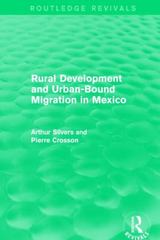Question
Assume that a country is endowed with equal amounts of capital (K) and land (T). The two goods in this economy are x-ray machines (X)
Assume that a country is endowed with equal amounts of capital (K) and land (T). The two goods in this economy are x-ray machines (X) and yucca (Y). Prices are Px = Py = $8 and the country's total labor force is L = Lx + Ly. Labor is fully mobile between the two sectors. K is specific to the x-ray sector and T is specific to the yucca sector. Marginal products are given as: MPLx = 2K/Lx and MPLy = T/Ly. MPKx = Lx /K and MPTy = Ly/4T a) Draw a graph to illustrate the allocation of labor in equilibrium. Your graph should have two vertical axes, one representing price of labor in the yucca sector and the other representing price of labor in the x-ray machine sector. b) How is labor distributed between the x-ray and yucca sectors in equilibrium? c) Now assume, the prices of both x-rays and yucca suddenly decrease by 50%. What is the new labor distribution? d) Has output of x-rays and yucca changed? e) Under the same price change, what happens to: i) The real wage of workers? ii) The real return to capital? iii) The real return to landowners? f) If, instead, the price of yucca suddenly increases to its original level but the price of x-ray machines stays the same (reflecting the 50% decrease in price) how is labor now distributed between the two sectors? Show this change graphically. g) Based on your answers in parts c) and f), under what conditions will labor allocation change in this economy?
Step by Step Solution
There are 3 Steps involved in it
Step: 1

Get Instant Access to Expert-Tailored Solutions
See step-by-step solutions with expert insights and AI powered tools for academic success
Step: 2

Step: 3

Ace Your Homework with AI
Get the answers you need in no time with our AI-driven, step-by-step assistance
Get Started


